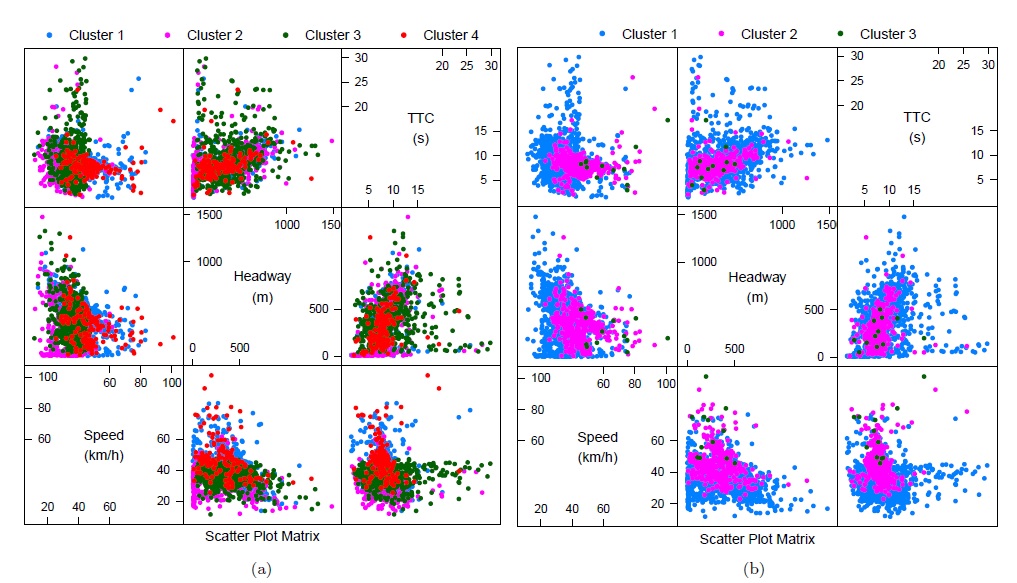
Driver behavior, among other factors, plays an important role in road safety. To better understand it, driving simulator studies and field operational studies and/or naturalistic driving studies are often used for analyzing human factors in road safety. In an attempt to eliminate road fatalities and serious injuries
on European roads, the EU is adoping a “Zero Vision” (European Commission, 2011), setting targets and investigating the factors affecting road crashes, including infrastructure, vehicle safety, driver behavior, and emergency response. The on-going EU project i-DREAMS aims to develop a tool for monitoring driving safety and bringing in the appropriate interventions. The mathematical modeling of a safety tolerance zone as postulated in i-DREAMS is a complex dynamic problem, benefiting from advanced technologies including OBDII, smart phone application (OSeven), Mobileye (ADAS advanced features using a single camera mounted on the windshield), CardioWheel (physiological based on electrocardiogram (ECG)). The proposed methodology in this paper is a data-driven approach using discrete choice models with safety levels as a dependent variable and driving behavior as a latent explanatory variable in these models; this could be formulated as well as “normal”/”abnormal” driving, or in a broader sense aggressiveness indicator. The developed discrete choice models will be tested under different forms (multinomial, nested, but also ordered); the overall methodology also focuses on how to implement these models dynamically. A preliminary step for this is to cluster driving observations into safety levels, based on several clustering techniques, including k-means, hierarchical clustering, and Gaussian Mixture Models. An application of the proposed methods on a dataset from a previous Greek driving simulator study demonstrated that the optimal number of clusters would be four using k-means (elbow) method. In the hEART 2020 conference, the developed discrete choice models will be presented using the safety clusters showcased in this paper.
| ID | pc394 |
| Full Text | |
| Tags | driver behaviour, driving simulator, machine learning, statistical modelling |













